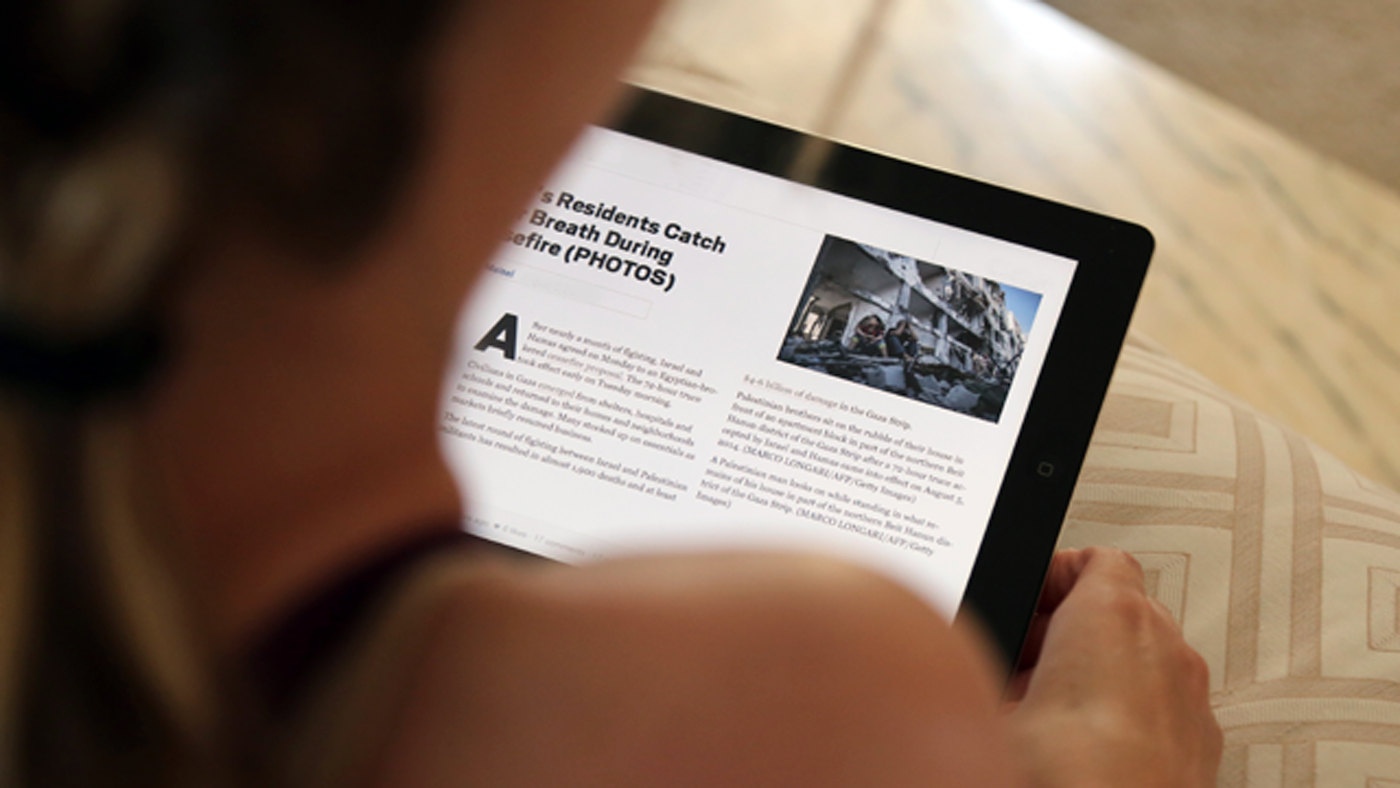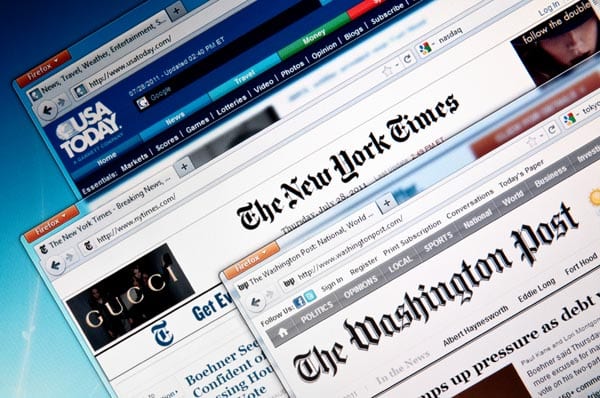Popular News Can Be Fun For Everyone
Popular News Can Be Fun For Everyone
Blog Article
Get This Report about Popular News
Table of ContentsThe Main Principles Of Popular News The 9-Minute Rule for Popular NewsAn Unbiased View of Popular NewsAbout Popular News
Age is additionally a consider the means individuals see the function of social networks. Younger social media information customers are most likely to say it has actually affected their discovering for the much better. About fifty percent of social media sites information consumers ages 18 to 29 (48%) claim information on social networks makes them better educated, compared to 37% of those 30 to 49, 28% of those 50 to 64, and 27% of those 65 and older.Journalists consider information values when establishing whether to cover an event or news. Right here are the values that we take into consideration when establishing an outreach strategy. Perhaps the most important component of newsworthiness is whether or not the story being connected effects a news electrical outlet's audience. For instance, let's visualize researchers have actually discovered an affordable remedy to a typical trouble.
Research on a state's brand-new tax obligation code most likely will not create the same interest across state borders. Occasionally experts can help localize a larger national tale that influences even more than simply a city or state.
If you are releasing relevant research study, loophole in MarComm prior to the short article being published to make sure that the pitch can emphasize the newest element of the story: the magazine of the study. Occasions and news that entail prominent numbers are more probable to produce media coverage. Check outs from national figures often require months of prep work as a result of expected neighborhood interest.
How Popular News can Save You Time, Stress, and Money.
We can aid mitigate prospective reputational threat with these stories while likewise raising the odds of producing insurance coverage. While many of the above news worths are intertwined, human interest stories commonly stand apart.
Human passion elements can add news worth to various other tales that might seem lacking in the other worths. The uniqueness or quirk of a circumstance can assist affect whether an information electrical outlet is likely to cover a story. While this is not an exhaustive list, inspecting to see if your story or occasion has these high qualities prior to calling us will certainly aid you establish which elements hold one of the most news worth.
The research finds that slightly majority of all U.S. grownups sign up for information in some formand approximately fifty percent of those to a newspaper. And contrary to the idea that young people will not pay for news due to the fact that details on the net is free, virtually 4 in 10 grownups under age 35 are spending for information.
There is likewise substantial evidence that even more customers might begin to pay for news in the futureif authors can recognize them and offer them well. Half of those that do not pay for news actively look for out news and appear like customers in various ways. And almost 2 in 10 of those who don't sign up for news now show they are inclined to start to pay in the future.
The Ultimate Guide To Popular News

People are attracted to news as a whole for 2 reasons over others: A wish to be educated citizens (paper subscribers particularly are very encouraged by this) and due to the fact that the magazine they subscribe discover here to excels at covering particular subjects concerning which those customers particularly care - Popular News. While there are a host of factors, the No
Greater than 4 in 10 also mention the reality that family and friends register for the very same item. Even more than a 3rd of individuals state they initially subscribed in action to a price cut or promotion. In print, individuals additionally are moved heavily to register for obtain promo codes that save them money, something that has untapped ramifications in digital.

About Popular News
We asked everybody that told us they have a regular cost-free source of information exactly how likely they would certainly be to pay for it. Even more than a quarter (26 percent) state they would go to least rather likely to start paying for itand 10 percent are really or incredibly most likely. These likely payers often tend to be news candidates, and they likewise often tend to be people that already spend for a news membership in addition to the source they adhere to free of cost.
Of those that do pay, 54 percent sign up for papers in print or digitally, which stands for 29 percent of Americans overall. A lot of them acquire a print magazine together with their paper and pay for two to 4 news resources in total, some a lot more. And while 53 percent are long-time customers (5+ years), greater than a quarter (27 percent) have bought their paper subscription within the past year.

Report this page